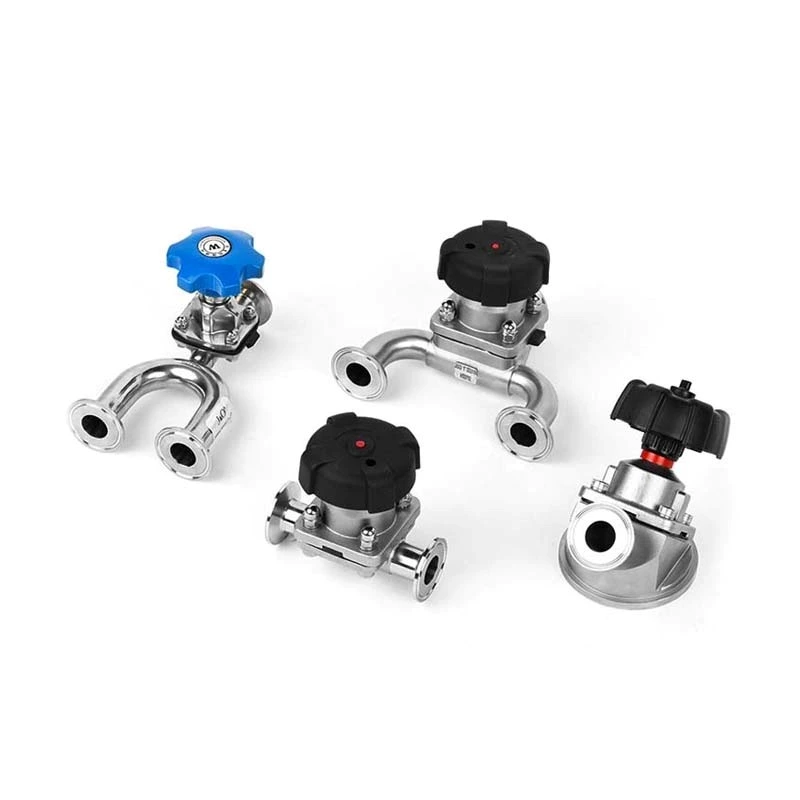Applicable Media Range Of Sanitary Diaphragm Valves Of Different Materials
The applicable media range of Sanitary Diaphragm Valve different materials are as follows:
Valve body material:
Stainless steel 316L: Due to its excellent corrosion resistance and mechanical strength, it is suitable for a variety of media, especially ultra-pure media, heavily polluted liquids, viscous liquids, corrosive liquids, gases, oils and various corrosive media.
Diaphragm material:
Rubber: It has good elasticity and sealing properties and is suitable for working environments with low temperatures and low pressures. However, it should be noted that rubber diaphragms have poor tolerance to corrosive media such as strong acids, strong alkalis and organic solvents, and are prone to aging and hardening, which affects the service life of the valve.
Polytetrafluoroethylene (PTFE): It has excellent corrosion resistance and can resist almost all chemicals, including strong acids, strong alkalis and organic solvents. At the same time, PTFE diaphragms also have good heat resistance and cold resistance, and can work normally in the temperature range of -190℃ to 260℃. However, the price is higher, the hardness is larger, and the processing difficulty is higher.
Other materials: such as EPDM rubber, which is also commonly used as the diaphragm material of sanitary diaphragm valves, have a specific temperature and pressure application range.
In summary, the selection of valve body and diaphragm materials for sanitary diaphragm valves needs to be considered comprehensively based on the properties, temperature, pressure and other factors of the medium to ensure the reliability and durability of the valve. In practical applications, the appropriate material combination should be selected according to the specific working conditions to meet production needs.
